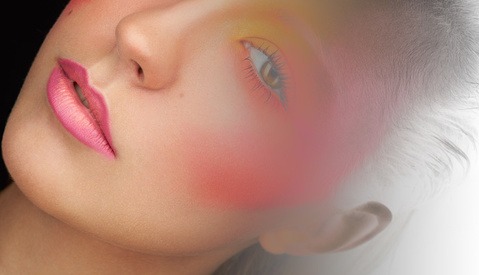A couple of weeks ago I had a chance to shoot with the Broncolor Siros Monolights for the first time. Until now, my light of choice has been the Profoto D1. I, like many of you, have seen reviews on Broncolor's new monolight, and like many of you as well, have been a bit skeptical about their delve into competing with Profoto's D1 and B1 Series for the high-end monolight market. The Siros is available in two models, a 400W/s monolight and an 800W/s monolight, and for this shoot I used five Siros 800s. In this article I will give you my complete lighting setup, gear list, a retouching preview, and complete review of my experience with the Siros Monolight and BronControl app.





















































